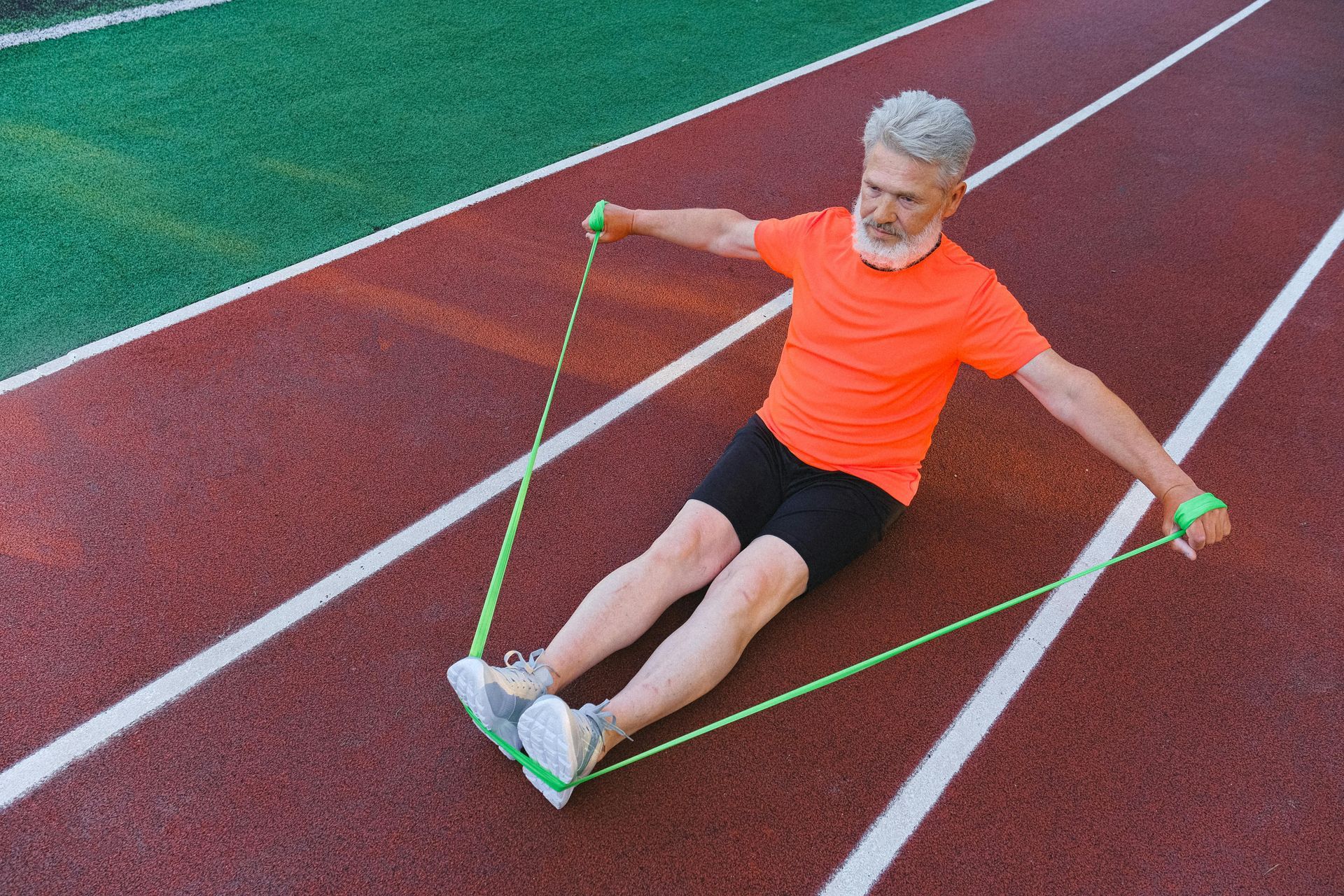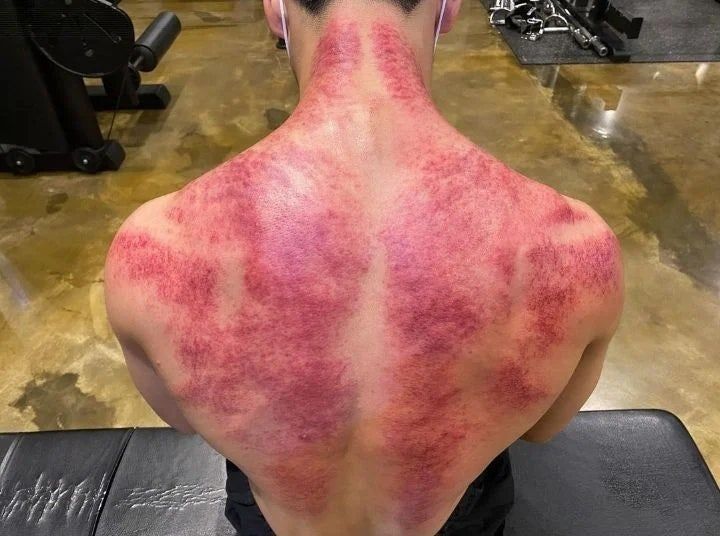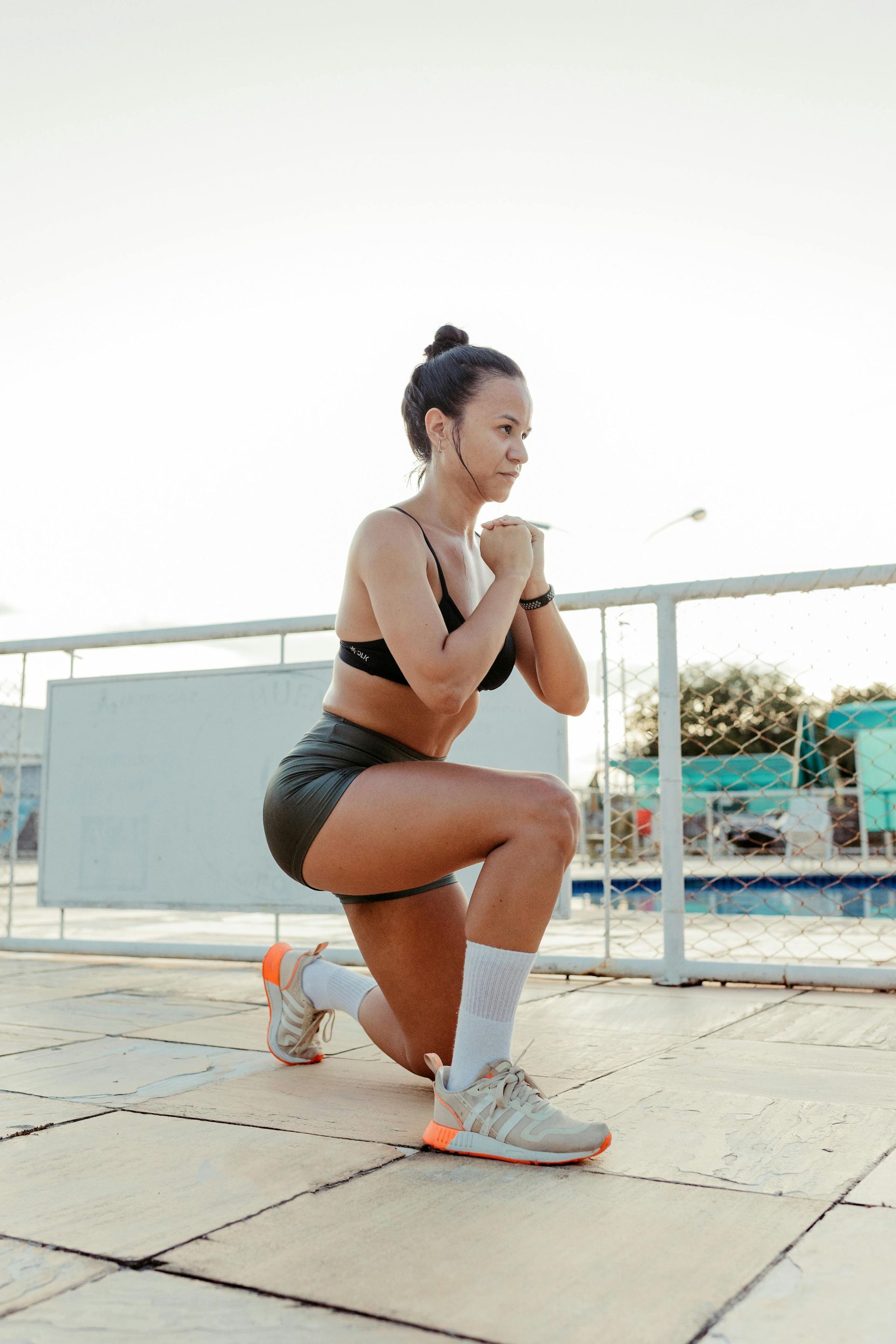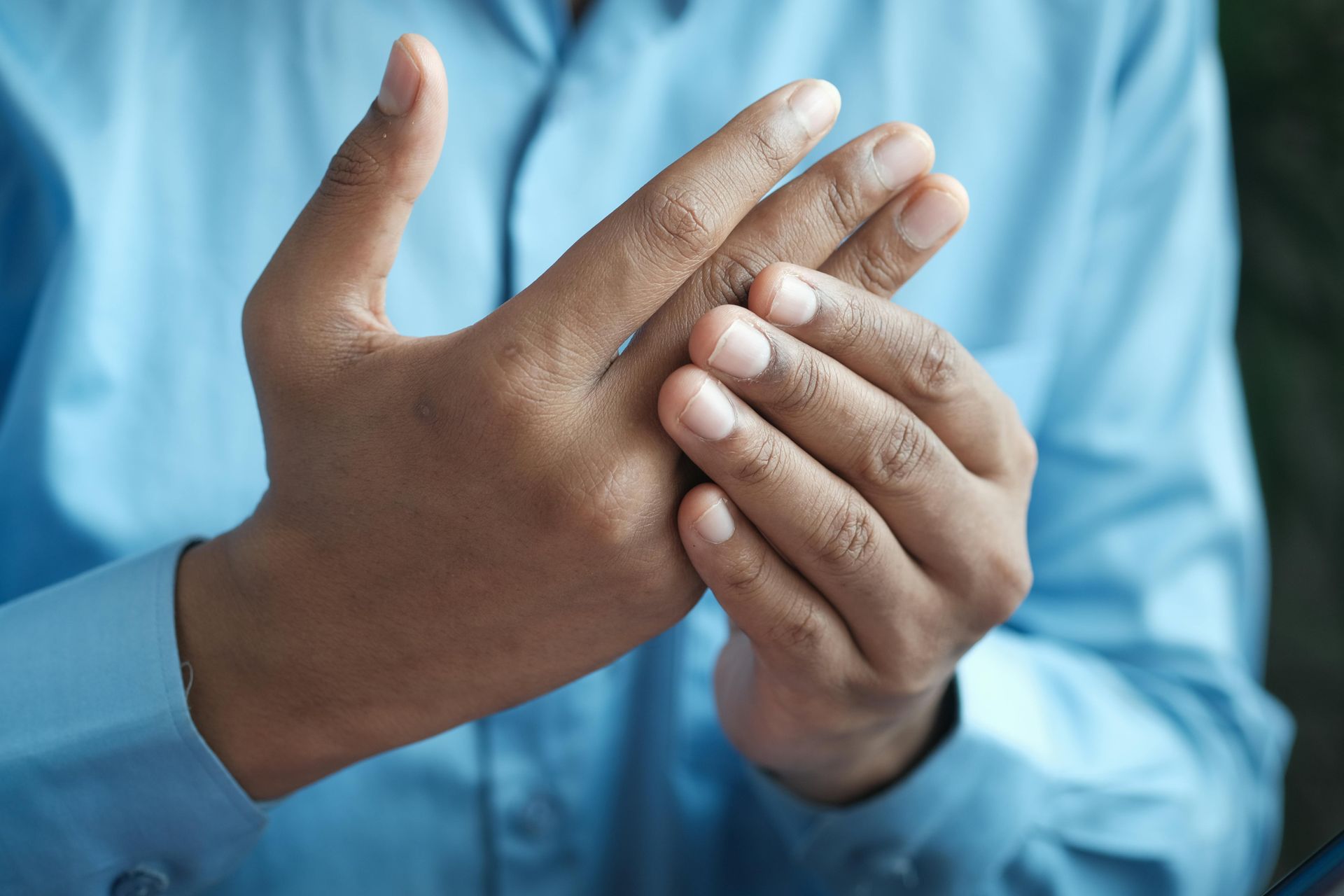How Exercise and Treatment Can Help You Recover from Pain

At Good Health Group Clinic, we work with clients every day to help them feel better and get back to doing the things they love.
Our team combine expertise to create personalised treatment plans that make a big difference in your recovery. Let’s break it down so it’s simple and easy to understand.
What the Research Says About Exercise and Pain Relief
Scientists have studied how different types of exercise can help reduce pain and improve movement for various injuries, not just shoulder pain.
Whether it’s your neck, back, hips, or knees, here’s what the research shows:
- Doing More Can Be Better:
- A systematic review by Malliaras et al. (2020) found that higher-dose exercise (more load or volume) may improve function in individuals with rotator cuff tendinopathy, although it must be carefully managed to avoid overloading tissues.
- Strengthening is Key:
- Research by Naunton et al. (2020) highlighted that progressive and resisted exercises were more effective than non-progressive or passive exercises in improving pain and function over 6 weeks to 6 months for shoulder-related injuries.
- Gentle Movements Have Their Place:
- While higher-load exercises are important, incorporating gentle movements early in recovery can relieve pain and gradually prepare the body for strengthening.
Avoiding Common Exercise Mistakes
We’ve seen some clients unknowingly make mistakes with their exercises, which can worsen their symptoms instead of improving them. Here are a couple of common issues:
- Adding Too Much Weight Too Soon:
- Some clients believe that using heavier weights or making their exercises harder will speed up recovery. Unfortunately, this can lead to strain or even further tissue damage, setting back their progress.
- Our Tip: Stick to the plan we create for you. Progression is important, but it needs to happen gradually and safely to avoid unnecessary strain.
- Exercising Every Day Without Rest:
- Some clients think exercising every day will speed up their recovery. However, your body and muscles need time to rest and repair, especially when recovering from an injury.
- Our Tip: Include rest days in your routine. Overtraining can slow your recovery and increase the risk of further strain or injury.
How Treatment Fits In
Our manual therapy works hand-in-hand with exercise to get you feeling better faster. Here’s what it does:
- Eases Tension: Therapy helps relax tight muscles, reducing pain and stiffness.
- Improves Circulation: Better blood flow means faster healing and less inflammation.
- Prepares You for Exercise: A good treatment session can loosen up your muscles, so you’re ready to move and strengthen without discomfort.
For any type of pain—whether it’s in your shoulders, back, hips, or knees—we focus on the muscles and joints that are contributing to the problem, using techniques tailored to your needs.
Your Recovery Plan
When you visit us, we’ll create a plan just for you. Here’s how we typically approach recovery from pain:
- Start with Relief:
- We’ll use therapy to reduce pain and improve how your muscles move.
- Add Simple Exercises:
- We might start with gentle movements or light resistance exercises to restore function and mobility.
- Progress Gradually:
- As you get stronger, we’ll increase the difficulty of your exercises to build lasting strength and flexibility.
- Monitor Your Progress:
- We’ll check in with you regularly to make sure your plan is working and make adjustments as needed.
You Don’t Have to Live with Pain
Pain, whether from an injury or daily strain, can feel like a big roadblock, but with the right combination of therapy and exercise, you can get back to living your life.
Whether you’re recovering from an injury or just feeling the strain of daily life, at Good Health Group Clinic, our team is here to guide you every step of the way:
- Ian Selvarajoo (Myotherapist): Specialising in soft tissue treatment, Ian targets muscle tightness and dysfunction to relieve pain and enhance recovery.
- Sam Noh (Remedial and
Dry Needling Therapist): Sam combines deep tissue massage and advanced dry needling techniques to address muscle tension and promote healing.
- Dr. Tanja Nishibata (Chiropractor): With her expertise in spinal health and joint function, she helps reduce pain and improve mobility through tailored chiropractic care.
Together, we provide a holistic approach to pain management and recovery, creating personalised treatment plans that suit your specific needs. Whether it’s your shoulders, back, hips, or knees, we focus on getting you back to the activities you love, pain-free.
Ready to Take the Next Step?
Don’t wait to start feeling better.
Whether it’s pain from an injury or the wear and tear of daily life,
our team at Good Health Group Clinic is here to help you recover and thrive.
With expert care and personalised plans, we’ll guide you every step of the way to a stronger, healthier you.
Book your appointment today!
Click the button below to schedule your visit and take the first step toward a pain-free life.
References
- Malliaras, P., Johnston, R., Street, G., Littlewood, C., Bennell, K., Haines, T., & Buchbinder, R. (2020). The efficacy of higher versus lower dose exercise in rotator cuff tendinopathy: A systematic review of randomized controlled trials. Archives of Physical Medicine and Rehabilitation, 101(8), 1445–1457.
- Naunton, J., Street, G., Littlewood, C., Haines, T., & Malliaras, P. (2020). Effectiveness of progressive and resisted and non-progressive or non-resisted exercise in rotator cuff related shoulder pain: A systematic review and meta-analysis of randomized controlled trials. Clinical Rehabilitation, 34(10), 1258–1270.
Blogs














